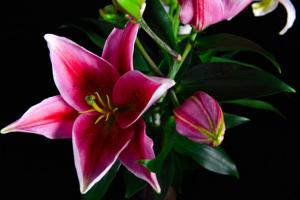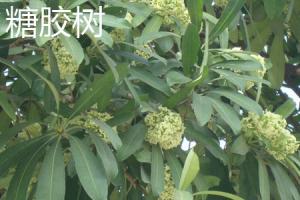What Size Pot Does a Goldfish Plant Need?
If you are a plant lover, you most likely have heard of the goldfish plant or Columnea. This beautiful plant, native to Central and South America, is loved for its stunning foliage and bright orange or red flowers, which resemble tiny goldfish. However, to keep your goldfish plant healthy and thriving, you need to provide it with the right conditions, including the perfect pot size.
The Ideal Pot Size for a Goldfish Plant
When choosing a pot for your goldfish plant, the size is crucial. The ideal pot size will depend on the size of your plant and how much space it needs to develop its roots comfortably. Choosing a pot that is too small can stunt the growth of your plant and lead to issues such as root-bound, while a pot that is too large can cause overwatering and other problems.
For most goldfish plants, a pot with a diameter of six to eight inches is ideal. This size allows for sufficient space for the plant's roots to grow, while also providing stability and balance to prevent tipping. However, if your plant is significantly larger, you may need to choose a larger pot to accommodate its growth.
Factors to Consider When Choosing a Pot Size
Aside from the size of your plant, several other factors determine the ideal pot size for your goldfish plant:
1. Drainage
Your pot must have proper drainage holes to prevent water from accumulating in the soil and causing root rot. If your pot doesn't have drainage holes, it's essential to drill them yourself or choose a different pot.
2. Type of Soil
The type of soil you use also affects the pot size you need. If you use heavy soil such as clay-based soil, you may need a larger pot to help prevent waterlogging. On the other hand, using a lightweight soil mix like soilless potting mix will allow for better drainage and won't require as much space.
3. Growth Rate
The growth rate of the plant is another aspect to consider when determining the pot size needed. If your goldfish plant has outgrown its current pot or is growing quickly, you may need to choose a larger pot to accommodate this growth.
4. Environmental Factors
The environment in which you keep your goldfish plant also affects the pot size. If you keep it in a windy or exposed area, a larger pot will help keep the plant upright and stable. Similarly, if your home tends to be dry or hot, a larger pot will help retain moisture and keep the roots from drying out too quickly.
Tips for Repotting Your Goldfish Plant
Repotting your goldfish plant is necessary when it outgrows its pot or if the soil has become compacted. Here are a few tips to help ensure a successful repotting:
1. Choose the Right Time
The best time to repot your goldfish plant is in the spring or early summer, when it is actively growing. Avoid repotting in the winter when the plant is dormant or stressed.
2. Use the Right Soil
When repotting, choose a well-draining soil mix that contains perlite or vermiculite. Avoid using heavy soils such as garden soil or clay-based soil, as they can lead to poor drainage and root rot.
3. Be Gentle
When removing your goldfish plant from its pot, be gentle to avoid damaging the roots. Carefully loosen the soil around the plant, and gently lift it out of the pot.
4. Choose the Right Pot Size
Choose a pot that is slightly larger than the current one, to allow for root growth. Make sure the pot has drainage holes and is filled with enough soil to provide stability.
5. Water Thoroughly
After repotting, water your goldfish plant thoroughly to settle the soil and help the roots adjust to their new home. Keep the soil evenly moist in the days following repotting.
Conclusion
Choosing the right pot size is essential to keep your goldfish plant healthy and thriving. When determining the ideal pot size, consider the plant's size, drainage, soil type, growth rate, and environmental factors. By following these tips, you can ensure a successful repotting and continued growth of your beautiful goldfish plant.

 how many times do yo...
how many times do yo... how many planted tre...
how many planted tre... how many pine trees ...
how many pine trees ... how many pecan trees...
how many pecan trees... how many plants comp...
how many plants comp... how many plants can ...
how many plants can ... how many plants and ...
how many plants and ... how many pepper plan...
how many pepper plan...































